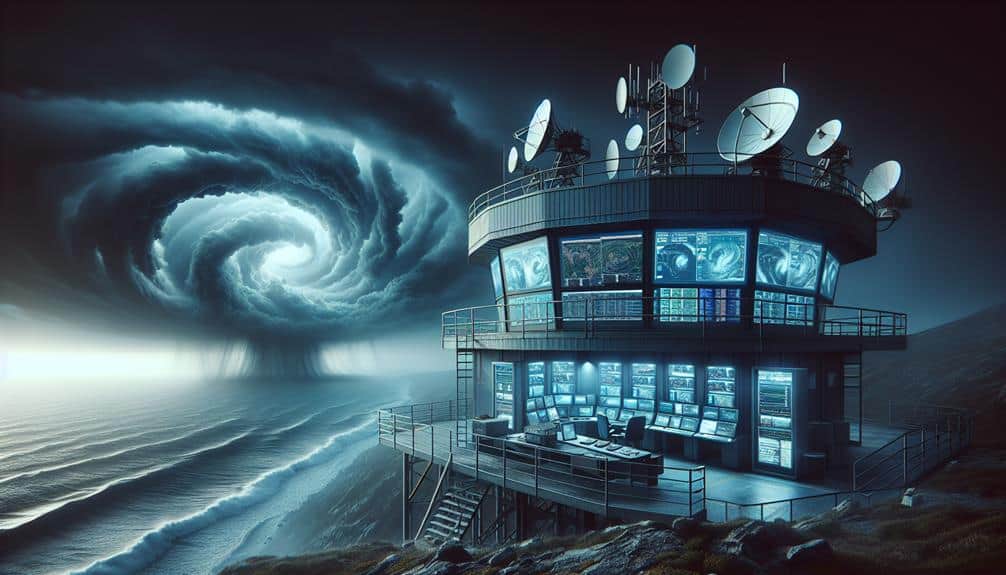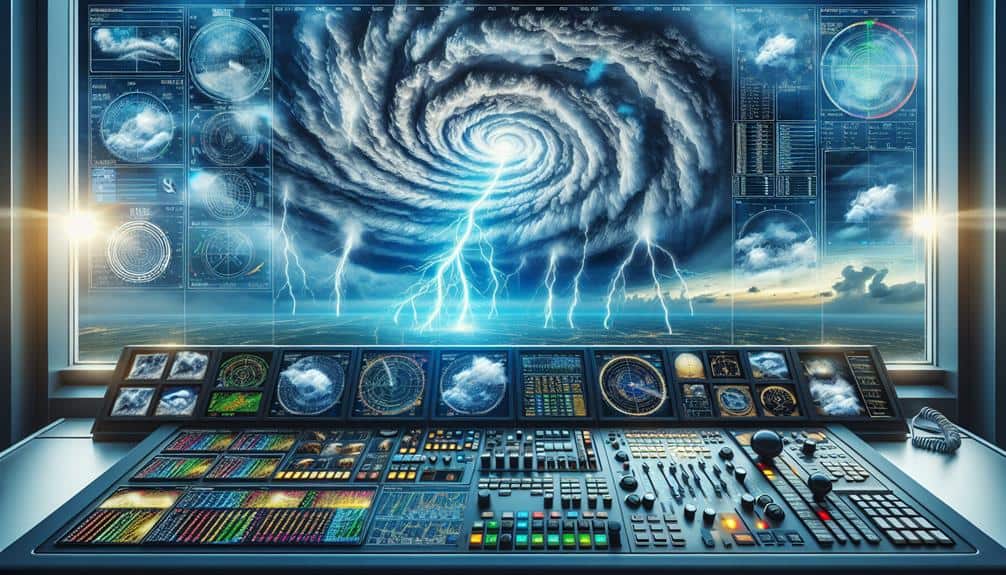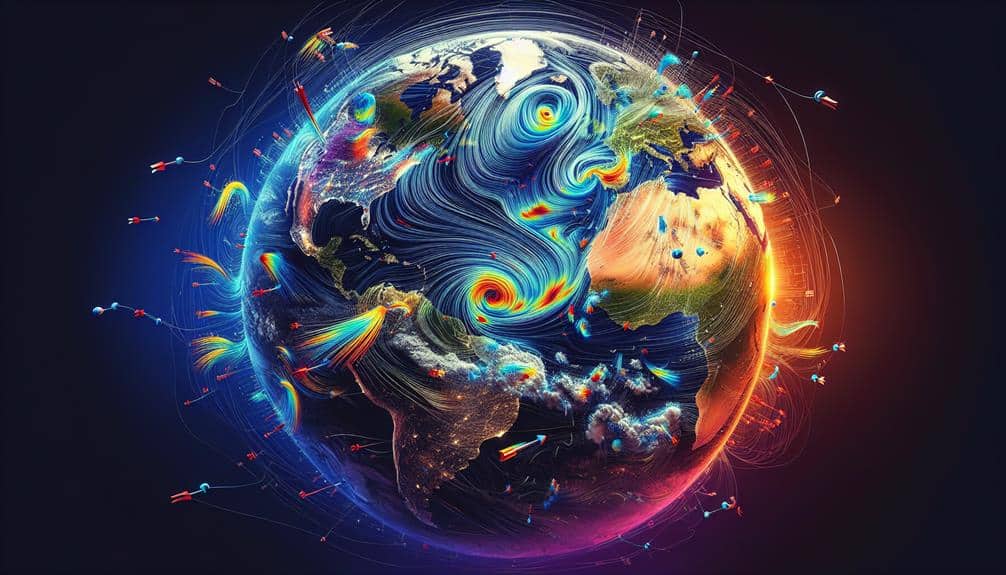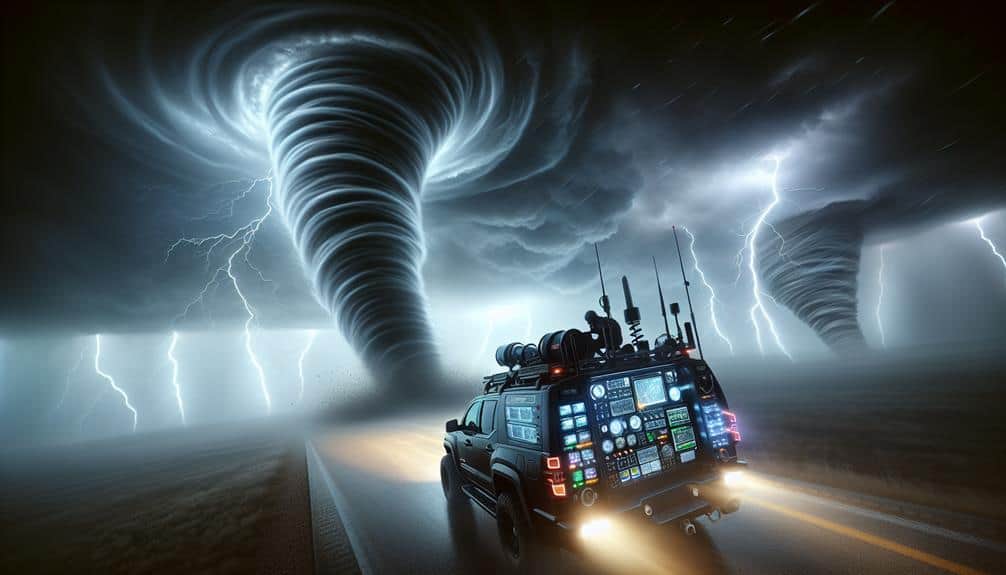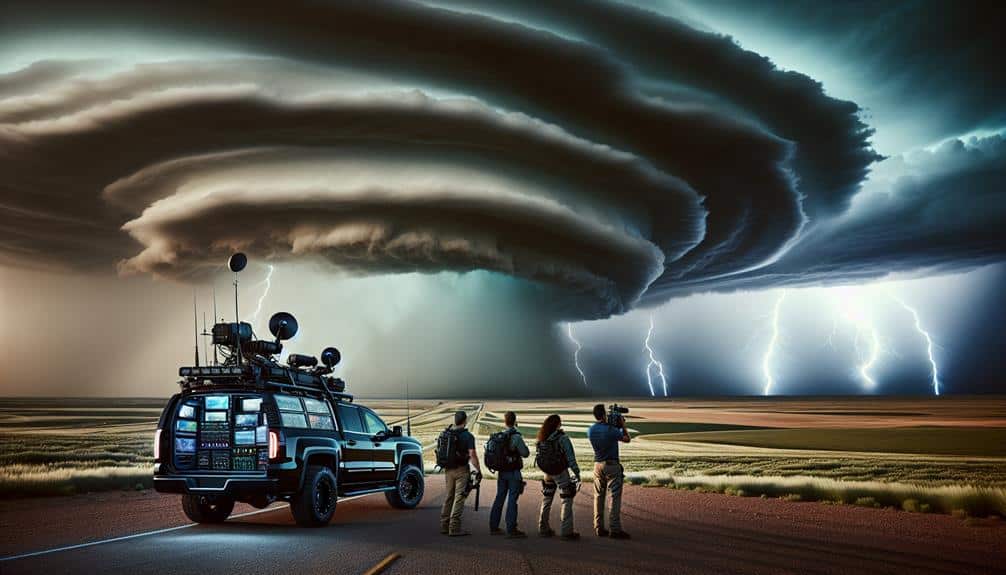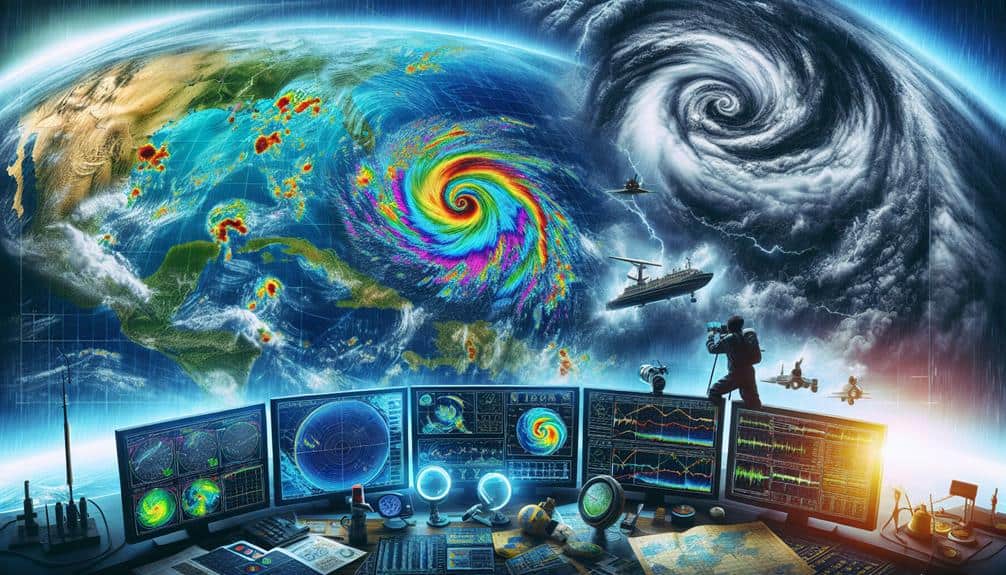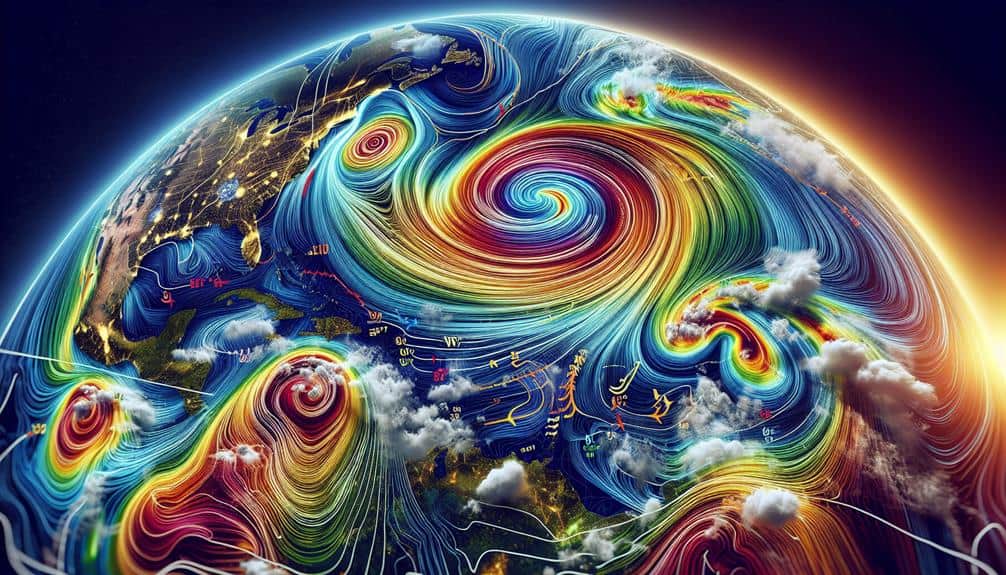7 Best Strategies for Predicting Hurricane Formations
We can predict hurricane formations using various strategies. Satellite imagery analysis identifies cloud patterns and thermal structure. Computer model simulations synthesize extensive datasets for accurate forecasting. We monitor ocean temperatures as warm seas fuel storm genesis. Atmospheric pressure tracking highlights low-pressure systems pre-formation. Wind shear measurement indicates whether conditions favor or inhibit hurricanes. Analyzing historical […]
7 Best Strategies for Predicting Hurricane Formations Read More »
